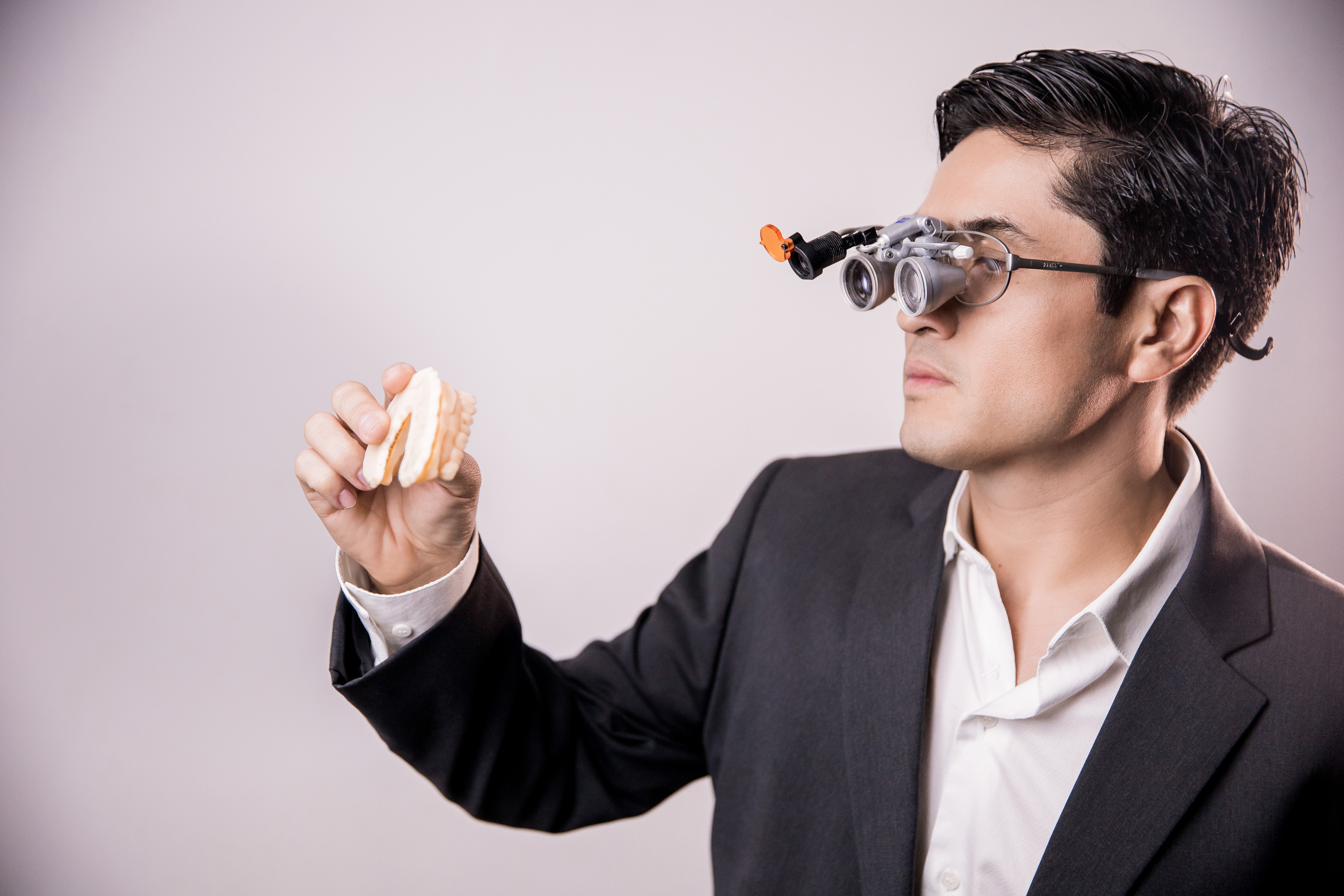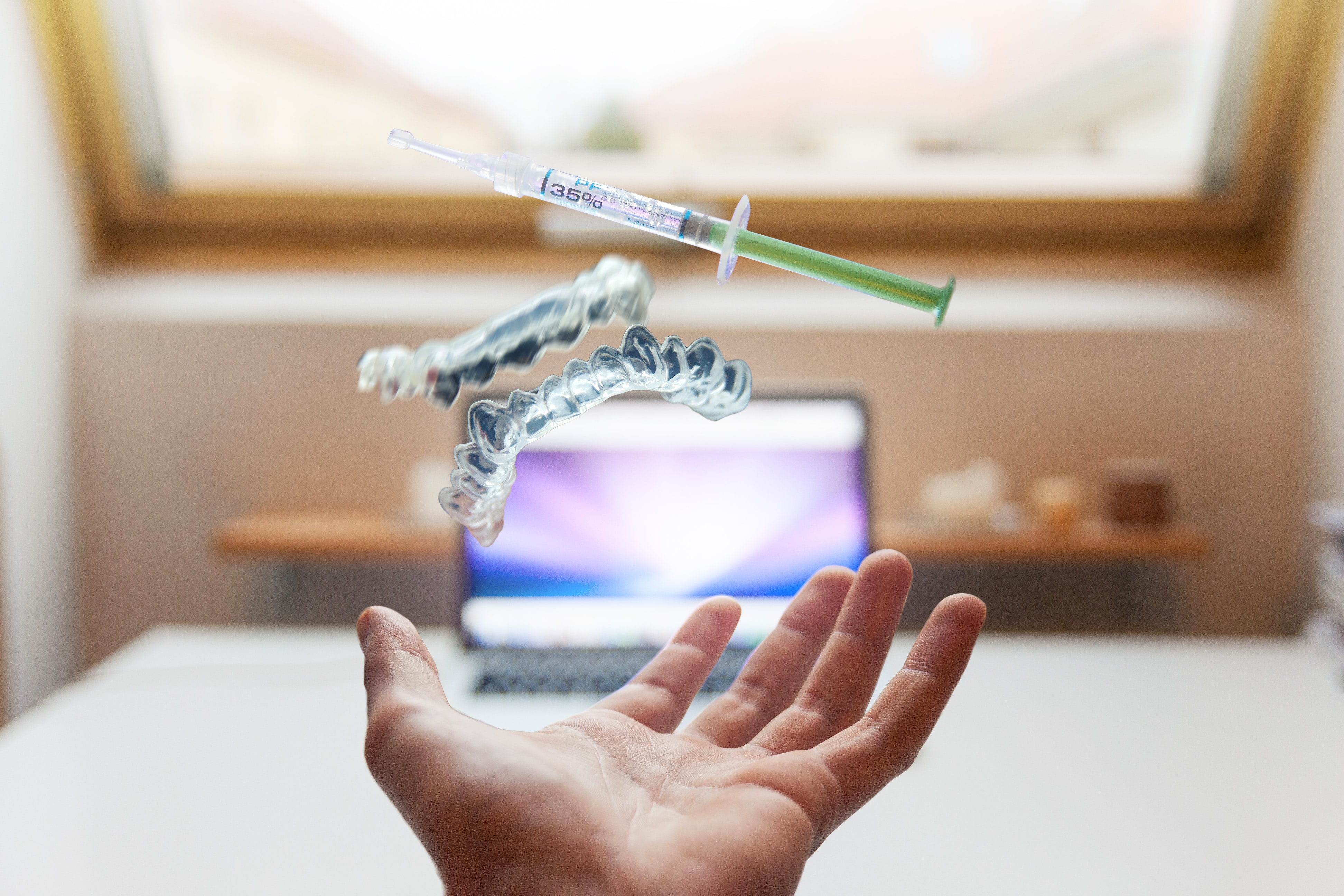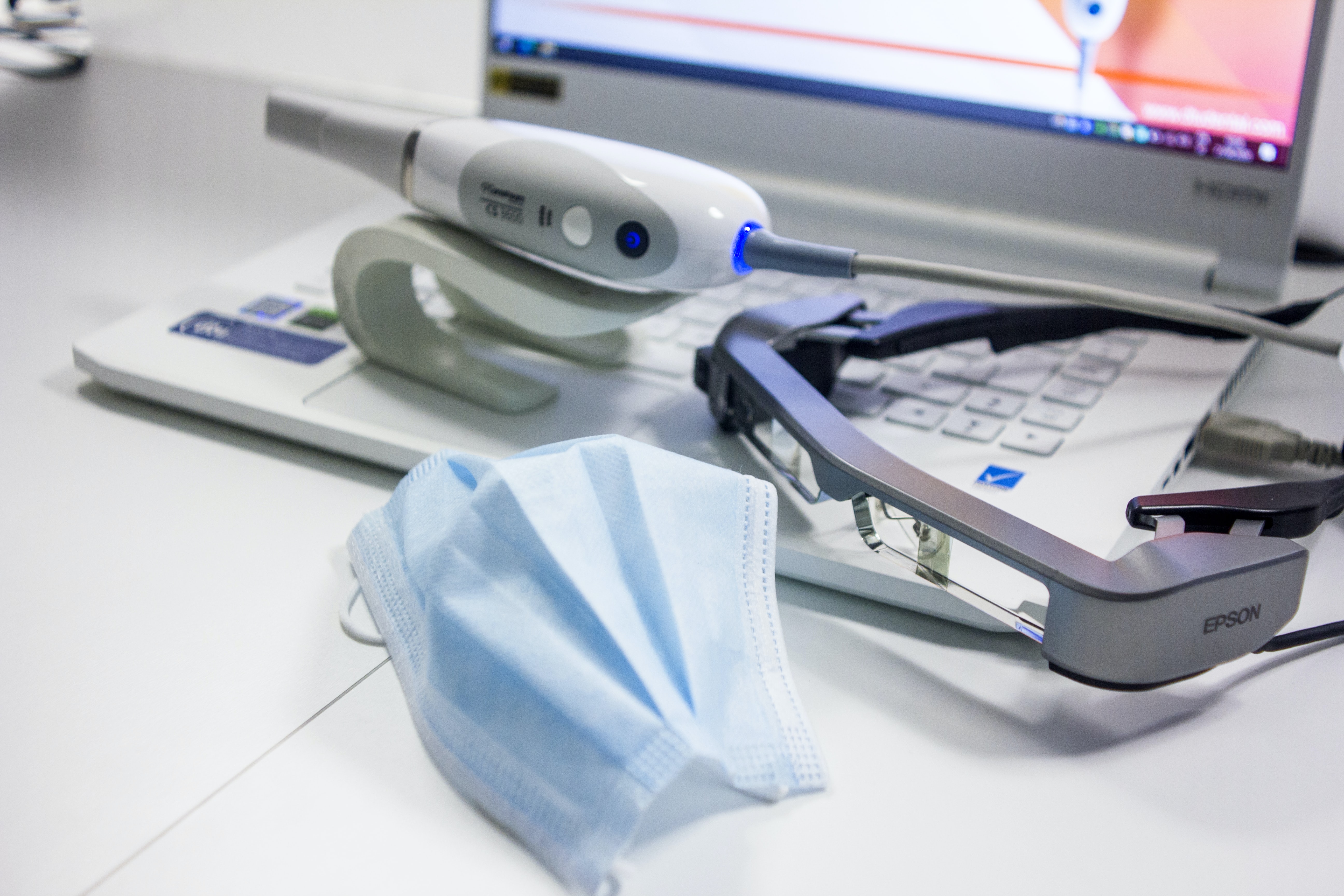3D printing technology is predicted to contribute to more than 60 percent of all dental
production by 2025. This high statistic can be attributed to the numerous aspects of the dental field
that 3D printing and modeling can be useful for, the consistency and accuracy that 3D printing allows,
and the thousands of overhead costs that this form of technology can reduce. More and more dentists
are using 3D printers and scanners. In fact, an increasing amount of small, cheap, and portable
machines for 3D printing and scanning are being installed in clinics. Even dental students are finding a
use for 3D technology in their own educations.
What is 3D technology?

What is 3D Printing?
3D printing, also known as additive manufacturing, is when you take a 3D model and create a
physical object of it by adding layer after layer. Different types of materials can be used to create these
models. Some materials that are used for 3D printing include plastics, resins (powder, liquid, gel),
metals, and ceramics. It can be used to create anything from crowns and bridges to 3D surgical guides.
What are the benefits?
What are the benefits?
By taking 3D models of patients’ teeth and jaws, dentists are able to create accurate dental
treatment plans for each patient. By having this model, dentists are easily able to illustrate to patients
the issues of their teeth and the prospective results after treatment. By using 3D models, there is high
consistency. Intraoral scanners and CAD/CAM (computer-aided design/ computer-aided
manufacturing) software don’t depend on humans which removes any human errors.
There is also high patient satisfaction using 3D technology. The visual treatment planning allows
the patient to have a better understanding of the treatment which results in less patient anxiety.
Intraoral scanning can also be preferred over traditional alginate and PVS impressions due to its
efficiency. Clear aligners and other 3D printed products are also more preferred aesthetically. Lastly,
treatments are more accurate and less invasive with the dentist’s extra aid of the surgical guides which
are created to be unique to each patient.

Less labor and time are required with this technology. The unique arrangement of everyone’s
teeth makes products difficult to make and requires time and money for customization. 3D printing
allows every product to be precise and uses the right biomaterials for accurate and long-term
products. It not only reduces time and costs for the lab but also for the dentist as well. This will result
in less time the patient is in the chair and reduces their follow up visits, saving both time and money on
the patient’s end.
Finally, this technology also dentists and dental students to share data with other professionals
within the field. This will enable them to discuss treatments and overcome any problems in an easier
and more accessible way.
Article Written by Student Volunteer Joyce Chen

Comments are closed